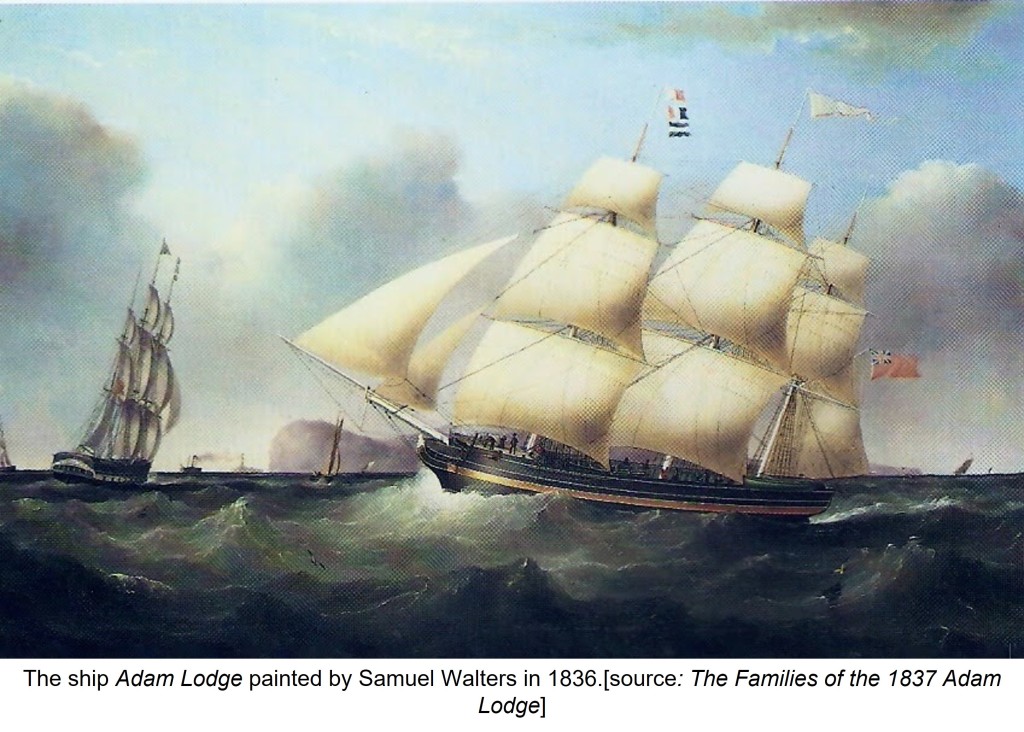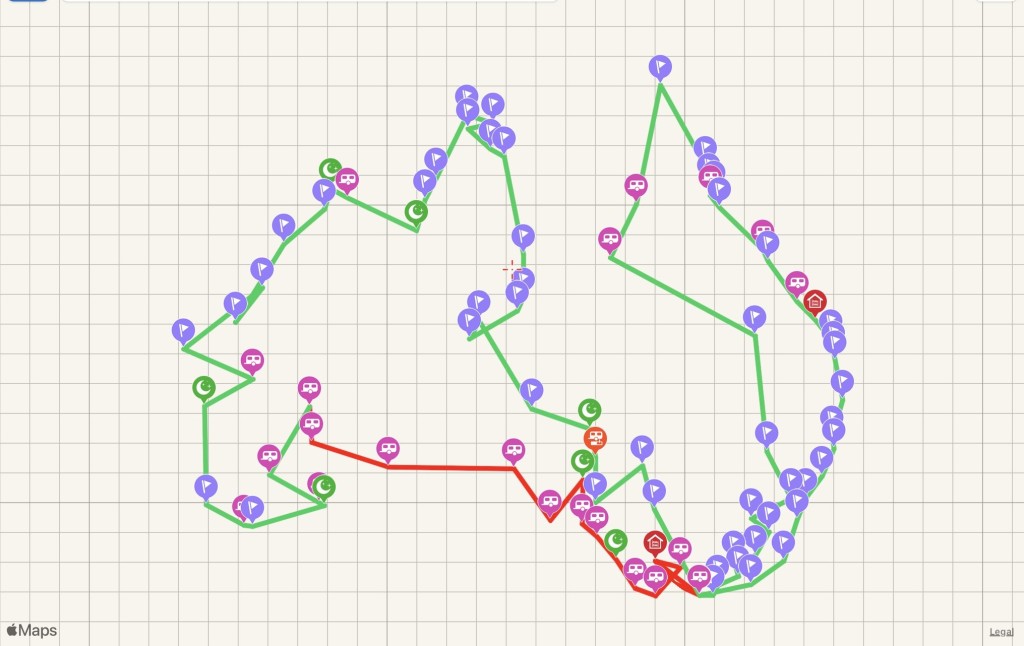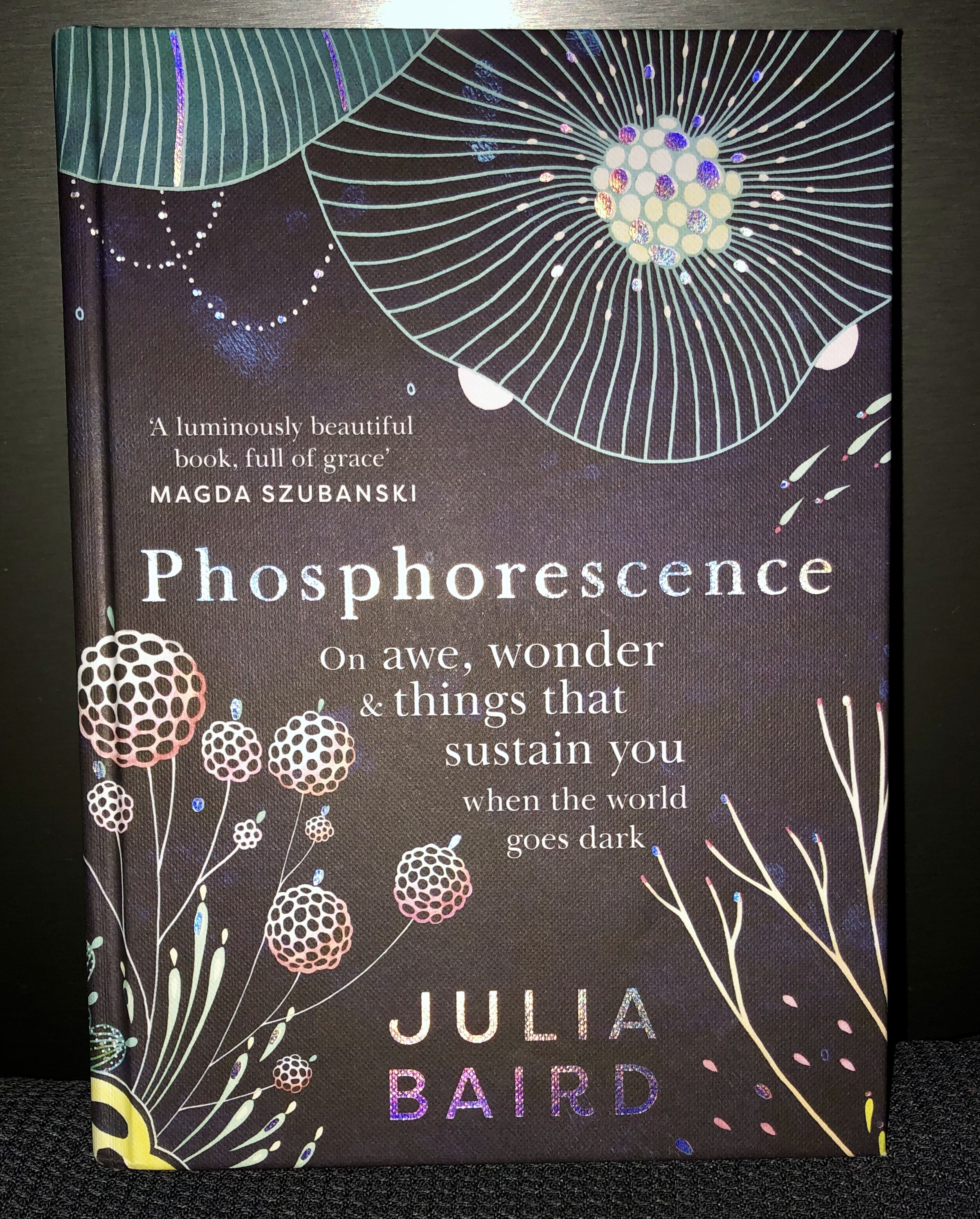I love this photograph of a group of fishermen standing on a pier.

I stumbled upon it while doing research for my story, and I became obsessed with it. The man standing in the centre fits the image in my head of the father of my main character. So, I have included the photo in a private “illustrated” version of my tale.
For correct citation purposes I tried to locate the image again, but all searches failed. I posted the photo on the Facebook group “I love Portland” asking if anyone knew of it.
Successful crowdsourcing revealed it is a photo included in a book published in 2011, written by Alasdair McGregor, and titled A Nation in the Making; Australia at the Dawn of the Modern Era. The photo gallery from the book is currently posted on the Australian Geographic website. The inscription reads, “Lobster fishermen attending to their wicker pots at an unnamed port, western Victoria, ca late 1800’s”.
The interest on Facebook was more than I had anticipated, and some went on to say that several of the men were ancestors of theirs, and that this photo was taken because of the union activity involving the crayfish fishermen. It is definitely Portland, Victoria, Australia and probably taken during the 1890’s.
I still love this photo: the snapshot of times past, the clothes and physiques of the fishermen, the strong confidence in their stance, and the masterful arrangement of the portrait. Also, the improbability of such a photo taken at that time and place. I wonder who the photographer of this gorgeous image was.
For me, it links me to that time and place, strengthens my respect, and provides inspiration and validation for my fictional story.












![IMG_1386[1943]](https://suesbent.files.wordpress.com/2019/12/img_13861943.jpg)